The pollution of the aquaculture pond is caused by this, where does the pond tail water go?
With the strengthening of environmental protection, higher requirements are put forward for tail water discharge of aquaculture ponds, and water resources tax will be issued soon. Aquaculture should explore new models, and it is imperative to treat and recycle tail water of aquaculture ponds.
The total available nitrogen content in culture water increased with the increase of culture quantity. 5-10% of the feed fed in pond culture was not eaten by fish, and 25-30% of the feed eaten by fish was discharged as feces.
Nitrogen input, feed accounts for 90-98%, nitrogen output, fish accounted for 20-27%, deposited nitrogen accounted for 54-77%, phosphorus input accounted for 97-98%, and deposited phosphorus accounted for 72-89% of the output, fish output accounted for only 8-24%. That is to say, except for a small part of nitrogen and phosphorus content in feed for the growth of cultured fish, most of them are deposited in ponds, resulting in waste and pollution.
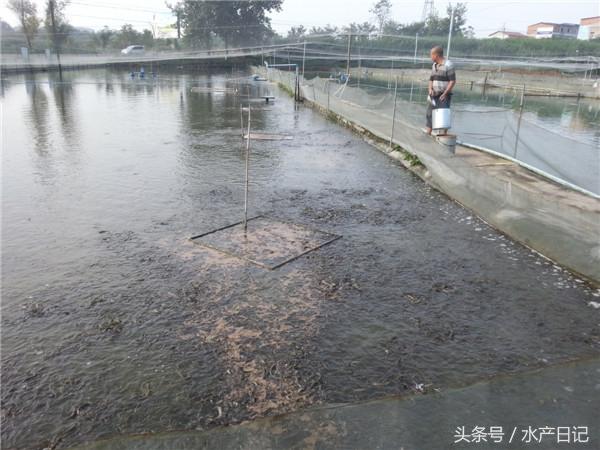
Excessive artificial feed, organic fertilizer and biological waste make the pond contain a lot of organic matter. Dissolved organic matter is a nutrient for bacteria, providing conditions for the reproduction and growth of pathogenic bacteria and increasing the possibility of disease in cultured organisms. Excessive decomposition of organic matter requires a large amount of oxygen, which makes the pond prone to anoxia and deterioration of water quality, affecting the growth of cultured organisms.
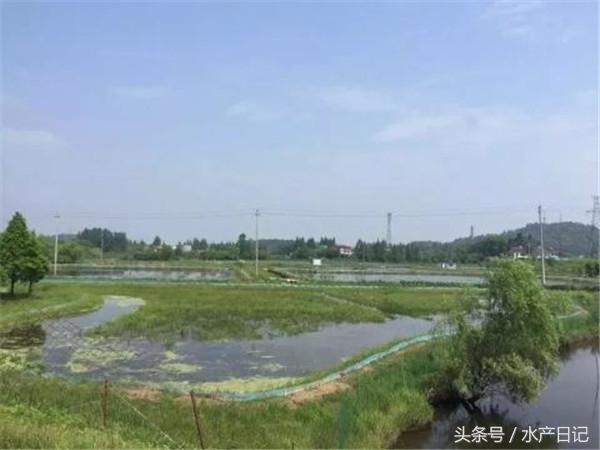
Culture production not only adopts scientific feeding and management, but also needs to establish pond tail water treatment system, equipped with purification treatment pond, reintroduced into culture pond through pump after tertiary treatment, and recycled for culture production.
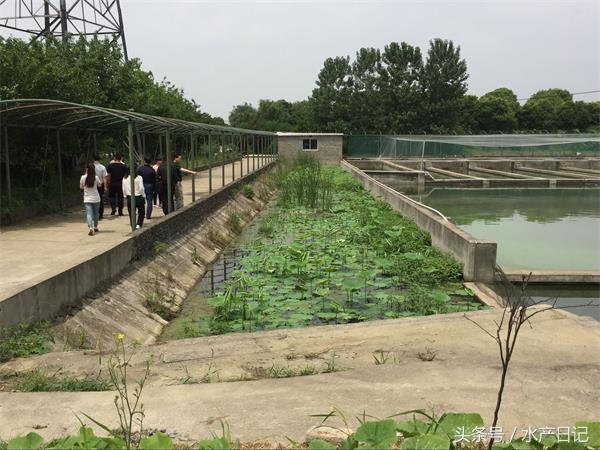
Aquatic plants and herbivorous fish and shrimp are planted in the primary purification pond, and economic aquatic plants with high efficiency of absorbing nitrogen and phosphorus and aquatic animals such as silver carp, bighead carp, shrimp and mussel are planted in the secondary purification pond through overflow dam, which is the most important part of the whole circulating water system. Then it enters the tertiary purification pond through the overflow dam ridge, suppresses eutrophic purified water by photosynthesis of aquatic plants, and applies photosynthetic bacteria, bacillus and other microorganisms to purify water, and then reintroduces it into the culture pond through pumps.
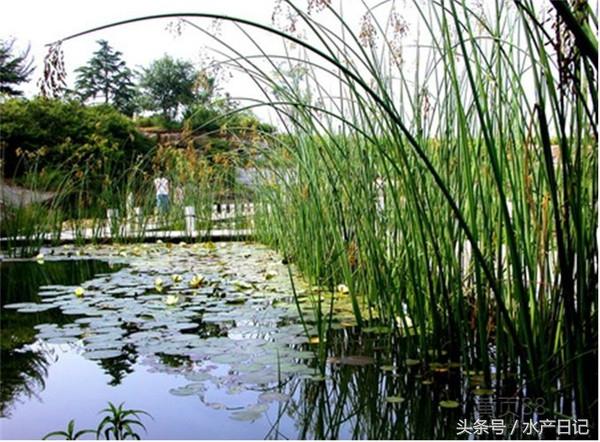
According to experiments, after three-stage purification, the average removal rate of TN in circulating water is 64.98%, the average removal rate of TP is 84.32%, the average removal rate of NH3-N is 67.55%, and the average removal rate of NO2-N is 88.53%.
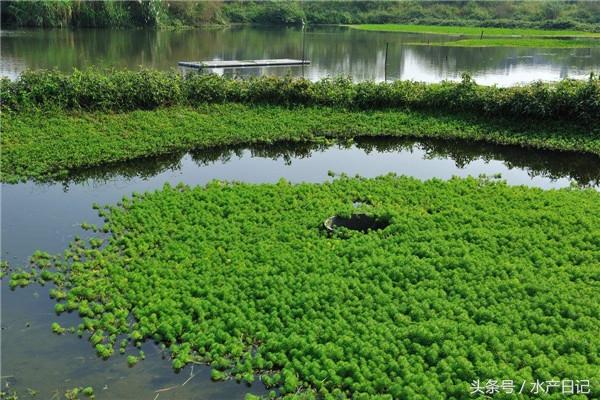
Headline No./Aquatic Diary, Weixin Official Accounts dzyz168, devoted to serving farmers.
- Prev
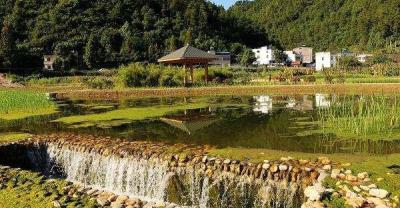
Gingko saplings cultivation skills master the method to survive
If you want to plant ginkgo trees, you should first know which planting method is suitable for this kind of tree. Ginkgo this kind of tree sowing planting effect is slow, and grow too long effect...
- Next
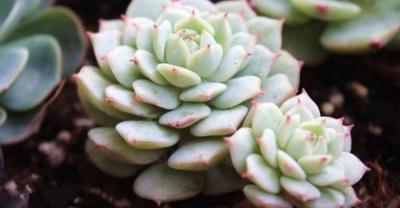
Is there something wrong with the farming subsidy? Farmers who didn't get it, take a look!
Happy chicken farmers in rural areas in order to promote rural economic development and promote farmers to increase production and income, a large number of subsidies are issued every year. But due to rural subsidies.
Related
- On the eggshell is a badge full of pride. British Poultry Egg Market and Consumer observation
- British study: 72% of Britons are willing to buy native eggs raised by insects
- Guidelines for friendly egg production revised the increase of space in chicken sheds can not be forced to change feathers and lay eggs.
- Risk of delay in customs clearance Australia suspends lobster exports to China
- Pig semen-the Vector of virus Transmission (4)
- Pig semen-the Vector of virus Transmission (3)
- Five common causes of difficult control of classical swine fever in clinic and their countermeasures
- Foot-and-mouth disease is the most effective way to prevent it!
- PED is the number one killer of piglets and has to be guarded against in autumn and winter.
- What is "yellow fat pig"? Have you ever heard the pig collector talk about "yellow fat pig"?

